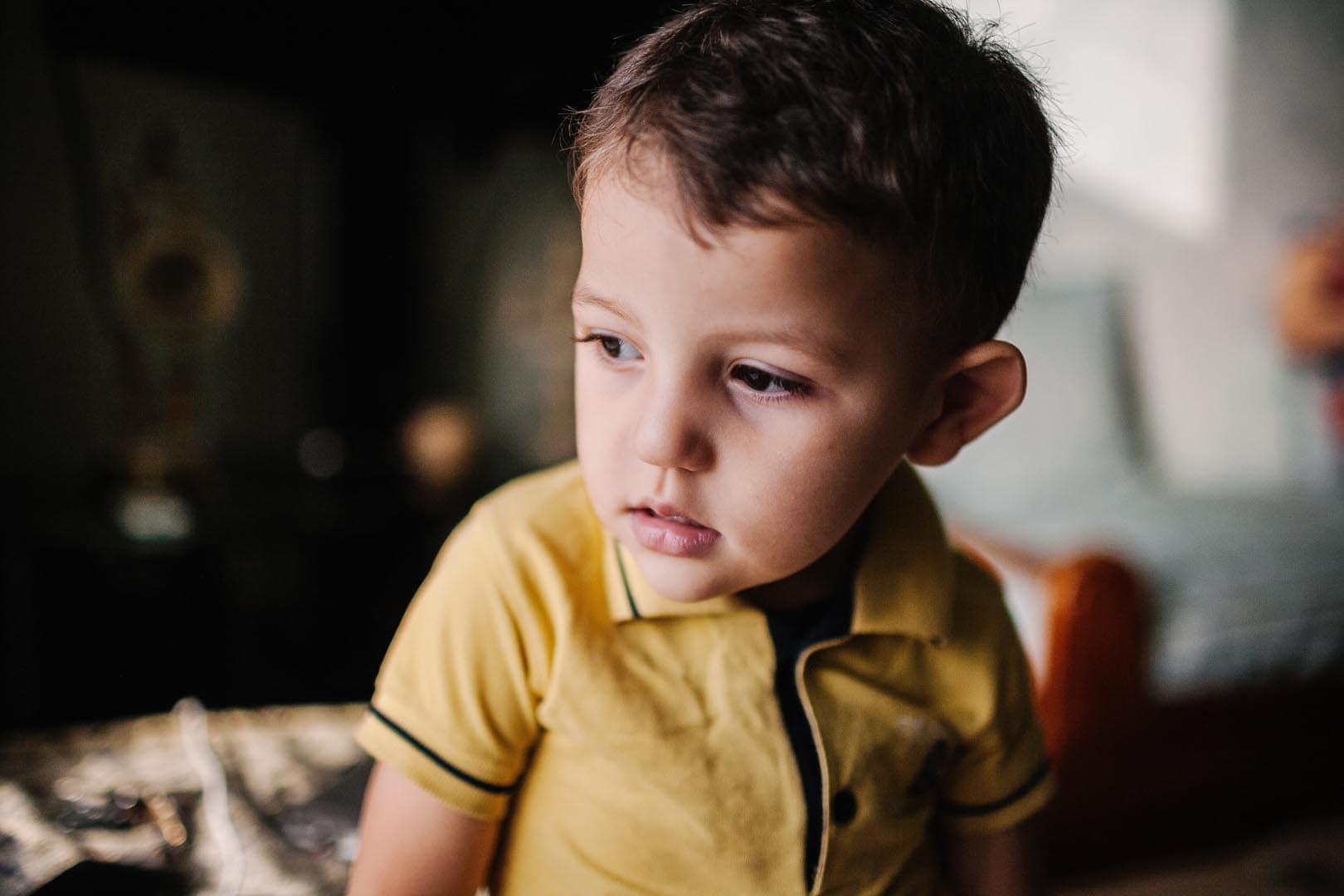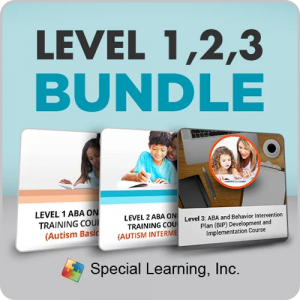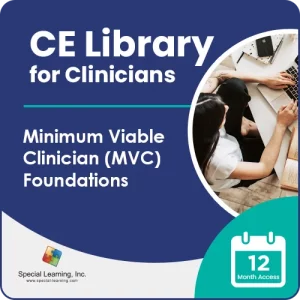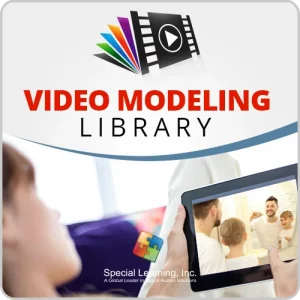Autistic Disorder
classic Autism Disorder is one of the classifications under the umbrella of Autism Spectrum Disorders (ASD). It is also referred to as Early Infantile Autism, Childhood Autism, or Kanner’s Autism. To be able to classify a child within this disorder, there has to be the presence of impairments from three major areas: Social Interaction, communication, and presence of stereotyped behaviors. (American Psychiatric Association, 2000)
As early as 18 months, you may be able to see red flags which could be symptoms of Autistic Disorder. One of the most obvious behaviors that parents can observe is a child’s way of interacting with other children and family members. Impairment in this area is one of the markers that should serve as an alarm.
Indications of Social Interaction Impairment
If at least two among these are observed with a child, you should consult a professional:
- Does not interact with other children or even family members. Example: Preference to be alone despite the presence of other children playing.
- Do not use normal body gestures such as eye contact, body language, or facial expressions.
- Does not show, bring or even point to objects of interest.
- Do not reciprocate emotional and social actions. Examples: Hugging nor kissing parents etc., does not turn when called by 12 months of age.
Indications of Communication Impairment
Even one of the following deficiencies is reasonable cause for alarm:
- Obvious delay or lack of spoken language yet does not compensate by using gestures. Examples: Less than a dozen-word vocabulary at 18 months or does not point at 15 months.
- If a child can speak but cannot start nor continue a conversation.
- Uses echolalia or repetitive words.
- Does not play make-believe or cannot mimic or copy a favorite cartoon or character.
Indications of Repetitive or Stereotyped Behaviors
Any of the following are early signs of ASD:
- An unusual preoccupation with a certain part of an object.
- Repetitive movements such as hand flapping, complex body movements, finger-snapping, etc.
- Abnormal preoccupation with one activity or pattern of behavior.
If there are six of the above examples observed in your child, immediate diagnosis by a medical professional is highly advised. As autism does not have a single treatment, early intervention is the best option.
There are a number of recommended interventions best given to a young child diagnosed with autistic disorders. One of them is Applied Behavioral Analysis therapy or ABA therapy. It is the most widely used and with the highest ratio of proven results for diagnosed children. Special Learning has resources and tools that incorporate ABA techniques you may use to help your child live a complete and fulfilling life.
References:
American Psychiatric Association. (2000). Diagnostic and Statistical Manual of Mental Disorders (4th Ed., Text Revision). Arlington, VA: American Psychiatric Publishing, Inc.
Copyright © by Special Learning Inc. All right reserved.
No part of this article may be reproduced in any manner whatsoever without written permission except in the case of brief quotations embodied in critical articles and reviews. For information, contact Special Learning Inc., at: contact@special-learning.com








